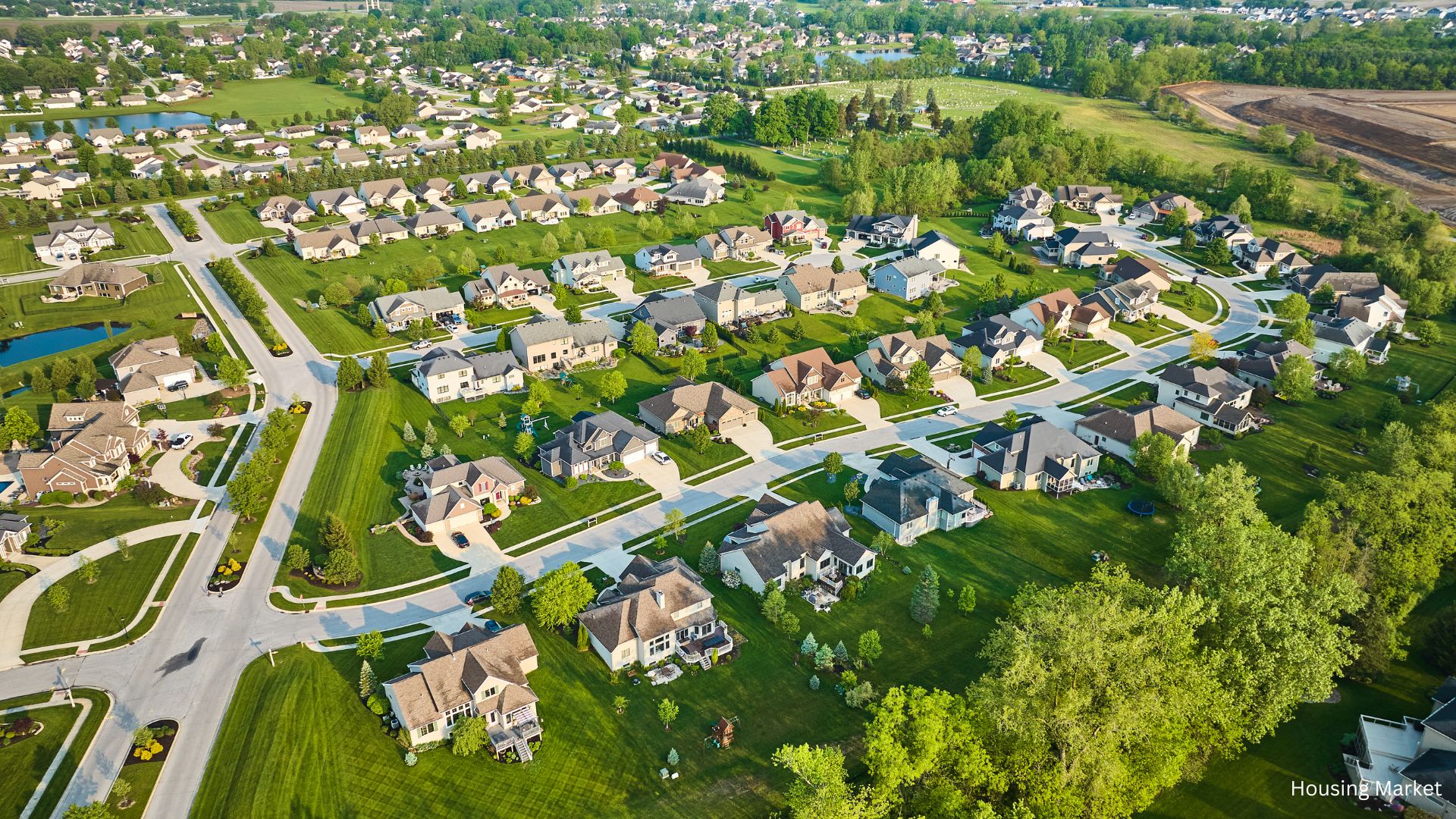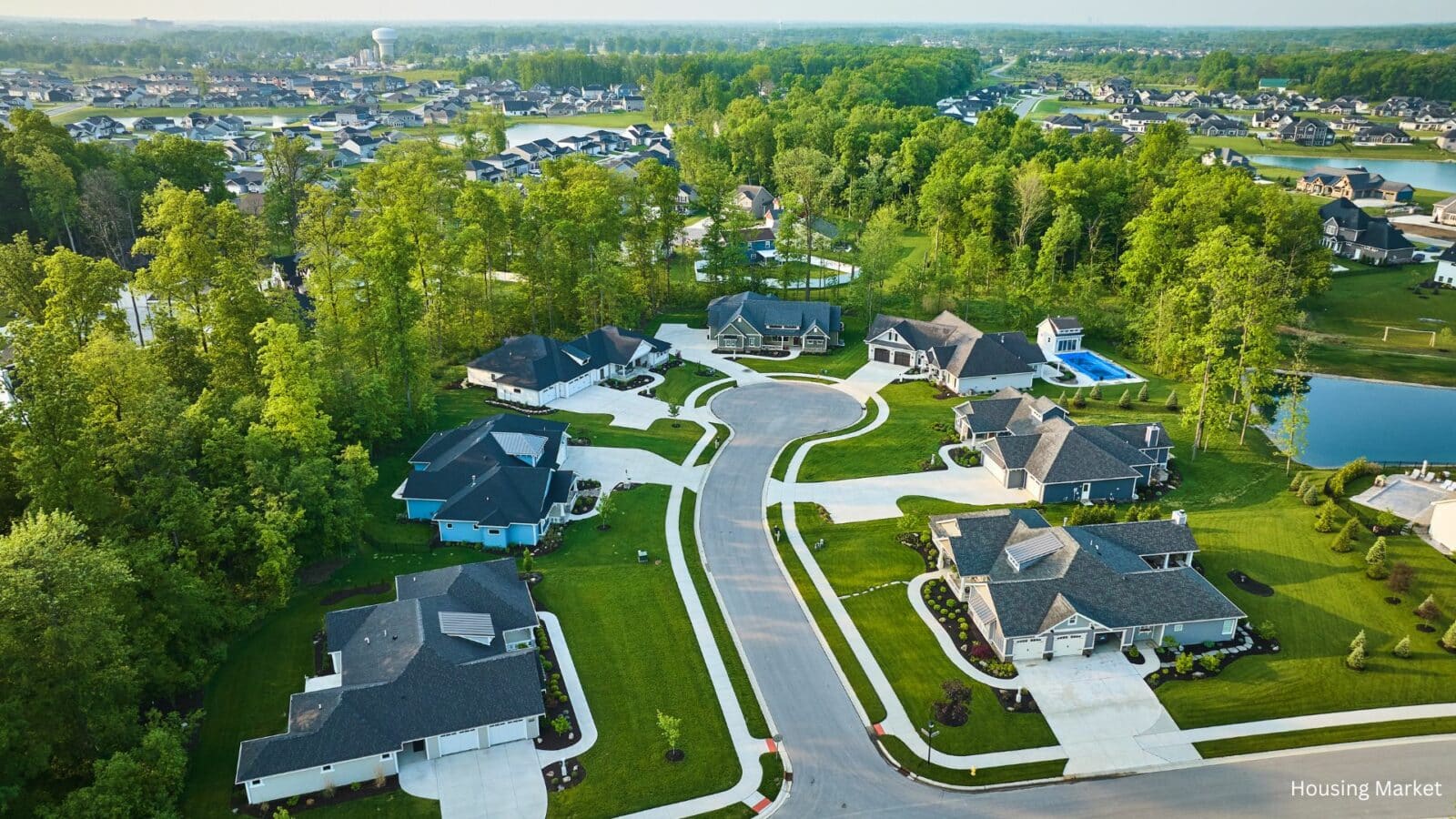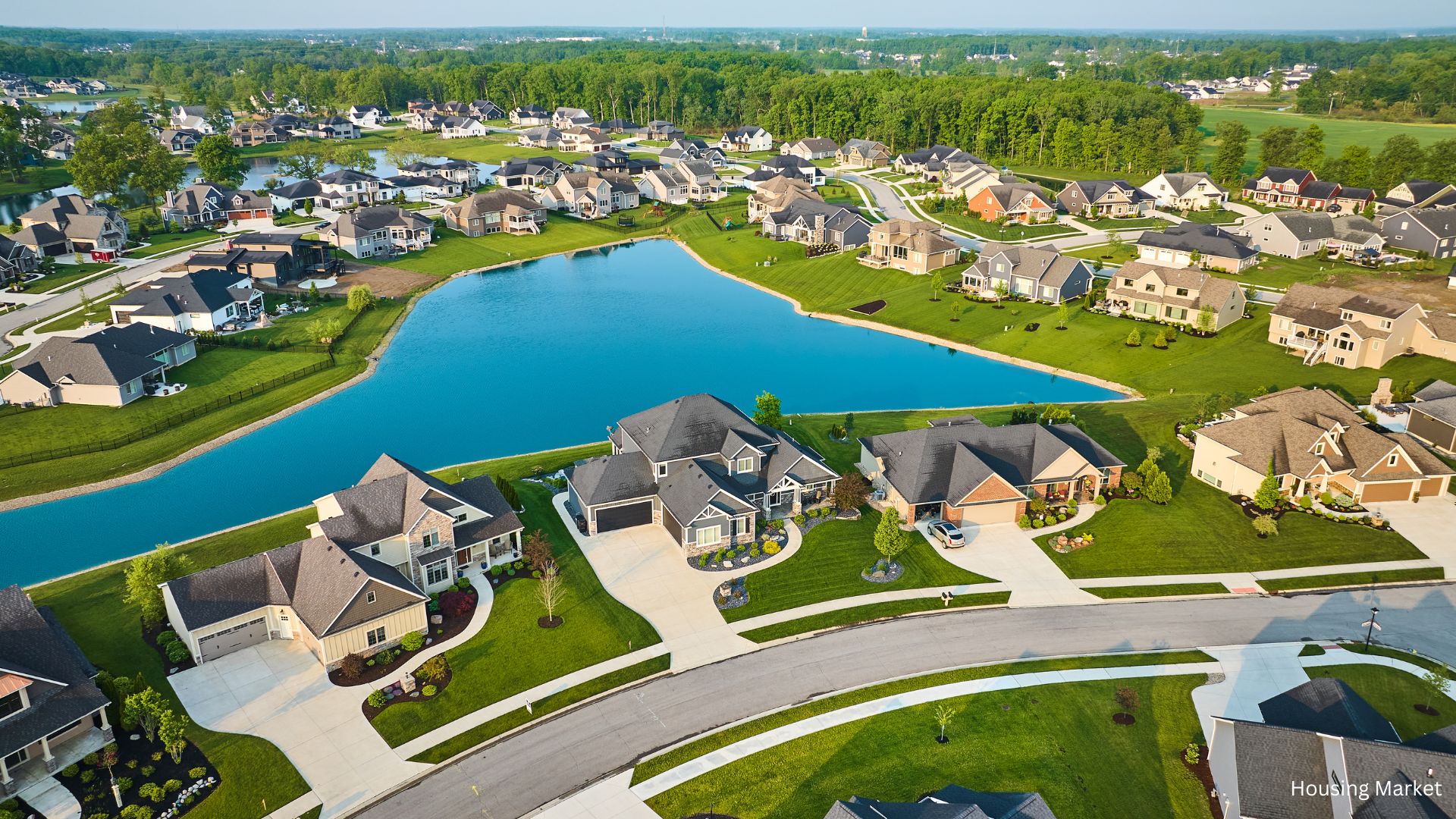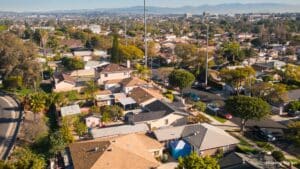The U.S. housing market continues to break records as million dollar homes become increasingly common. As of June 2024, 8.5% of all U.S. homes are valued at $1 million or more, marking the highest share in history. This represents a significant increase from 7.6% just a year ago and more than double the 4% share seen before the pandemic. Despite high mortgage rates suppressing demand, a shortage of available homes has driven prices up, pushing many properties over the million-dollar threshold.

The Impact of Low Inventory on Million Dollar Homes
According to Redfin, one of the main factors contributing to the rise in million dollar homes is the ongoing inventory shortage. With fewer homes available on the market, competition among buyers has intensified, keeping prices high even in the face of slowing demand. This scarcity is further exacerbated by homeowners holding onto their properties due to low mortgage rates locked in during the pandemic. As a result, the median sale price of homes continues to rise, and more properties are crossing the million-dollar mark.
Regional Trends: Where Million Dollar Homes Are Growing the Fastest
California remains the epicenter of million dollar homes, with cities like San Francisco, San Jose, and Anaheim leading the charge. In these areas, a staggering 80% of homes are now worth at least $1 million. Other metros, such as San Diego and Los Angeles, have also seen significant increases, with a growing share of their housing stock surpassing the million-dollar mark. Interestingly, some areas like Austin, TX, have seen a slight decline in the percentage of million-dollar homes due to an increase in new construction, which has helped stabilize prices.
What This Means for Buyers and Sellers
For homeowners, the rise in million dollar homes is undoubtedly good news, translating to increased equity and potential profits if they choose to sell. However, for buyers, especially first-time buyers, the surge in million-dollar properties presents a significant challenge. The combination of high home prices, elevated mortgage rates, and limited inventory makes it increasingly difficult to find affordable housing. This trend is particularly pronounced in tech hubs like the Bay Area, where demand remains strong despite the challenges.

The proliferation of million dollar homes highlights the ongoing challenges and opportunities within the U.S. housing market. While homeowners may rejoice in their increased home values, prospective buyers face an uphill battle as they navigate a market with fewer affordable options. As we move forward, it remains to be seen how these dynamics will evolve, especially in the face of potential economic shifts and changes in housing policy.









